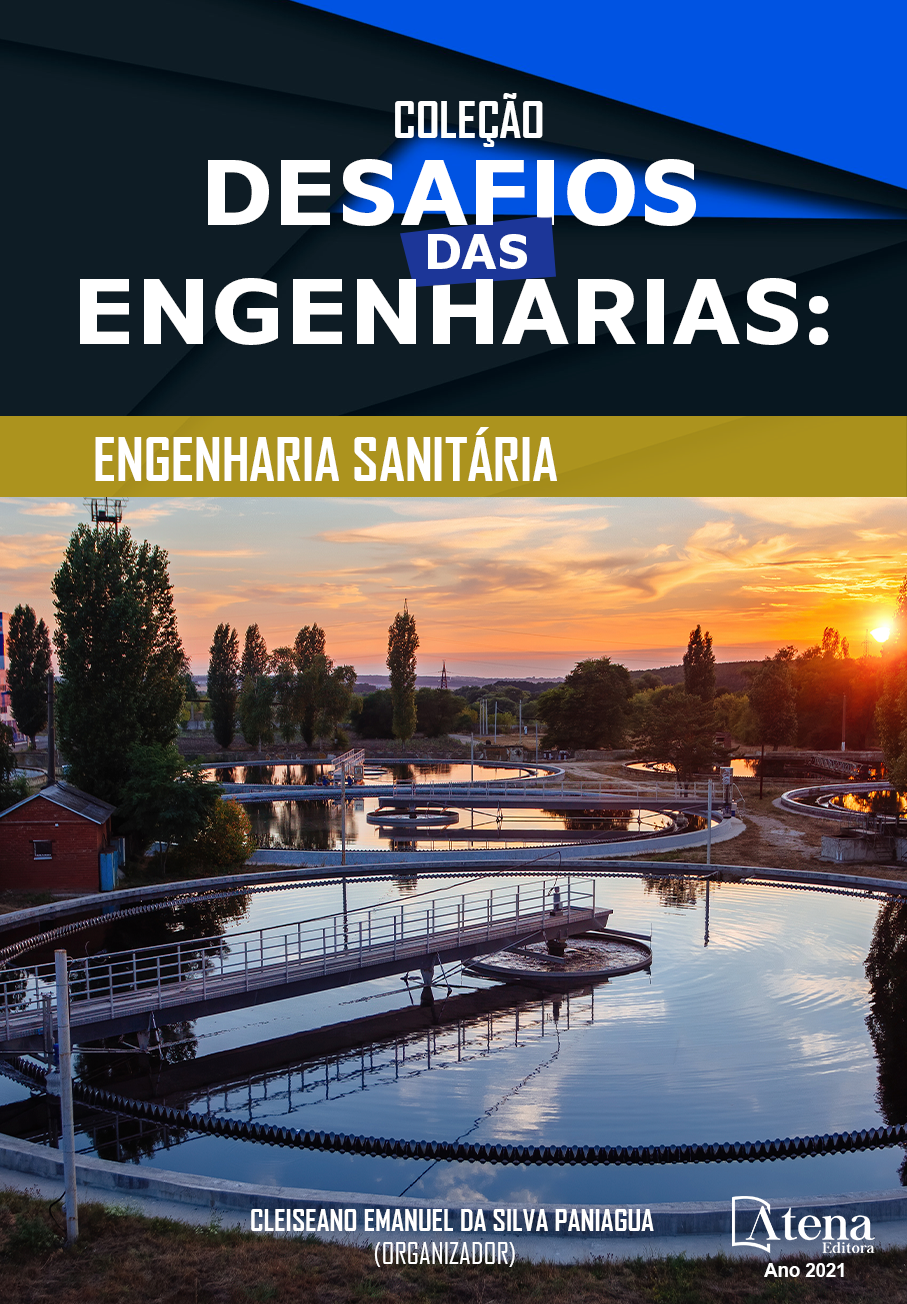
ANÁLISE DOS IMPACTOS OCASIONADOS PELA FALTA DE SANEAMENTO EM TRECHO ANTROPIZADO DO RIO SALGADO
O Plano Municipal de Saneamento Básico (PMSB) é exigido desde 2013, mas muitas cidades brasileiras ainda não apresentam instrumentos básicos norteadores para o seu desenvolvimento, tais como Código de Obras e Plano Diretor. Diante disso, tornou-se comum a ocupação de Áreas de Preservação Permanente (APPs). Nesta perspectiva, o presente trabalho visa identificar os impactos da falta de saneamento em áreas de preservação permanente na cidade de Aurora – CE. Foi elaborado um estudo de caso que abrange o crescimento urbano da cidade. Com base nos dados obtidos constatou-se que 20 famílias vivem na área, sem coleta e tratamento de esgotamento sanitário e sem coleta de resíduos sólidos. Observou-se queas edificações se situam a menos de 10 metros do leito do rio e o município não apresenta Plano de Diretor, Código de obras e nem legislação que regulamente o crescimento urbano municipal.
ANÁLISE DOS IMPACTOS OCASIONADOS PELA FALTA DE SANEAMENTO EM TRECHO ANTROPIZADO DO RIO SALGADO
-
DOI: 10.22533/at.ed.25521300612
-
Palavras-chave: Áreas de Preservação Permanente, Legislação, Saneamento básico.
-
Keywords: Permanent Preservation Areas, Legislation, Basic Sanitation.
-
Abstract:
The Municipal Basic Sanitation Plan has been required since 2013, but many Brazilian cities still do not have basic guiding instruments for its development, such as the Work Code and Master Plan. Therefore, the occupation of Permanent Preservation Areas became common. In this perspective, this work aims to identify the impacts of lack of sanitation in areas of permanent preservation in the city of Aurora - CE. A case study covering the urban growth of the city was prepared. Based on the data obtained, it was found that 20 families live in the area, without collection and treatment of sanitary sewage and without collection of solid waste. It was observed that the buildings are located less than 10 meters from the river bed and the municipality does not have a Master Plan, Construction Code or legislation that regulates municipal urban growth.
-
Número de páginas: 13
- George do Nascimento Ribeiro
- Edilaine Araújo de Morais
- Maíra da Mota Gomes
- Jully Samara Ferreira de Carvalho
- Luan Alves Furtado
- Antonio Rondinelly da Silva Pinheiro
- Rafael Roberto da Silva
- Guilherme Rodrigues Gomes
- Layane Moura Rodrigues
- Maria Isabel Ferreira dos Santos
- Nayanne Maria Gonçalves Leite


